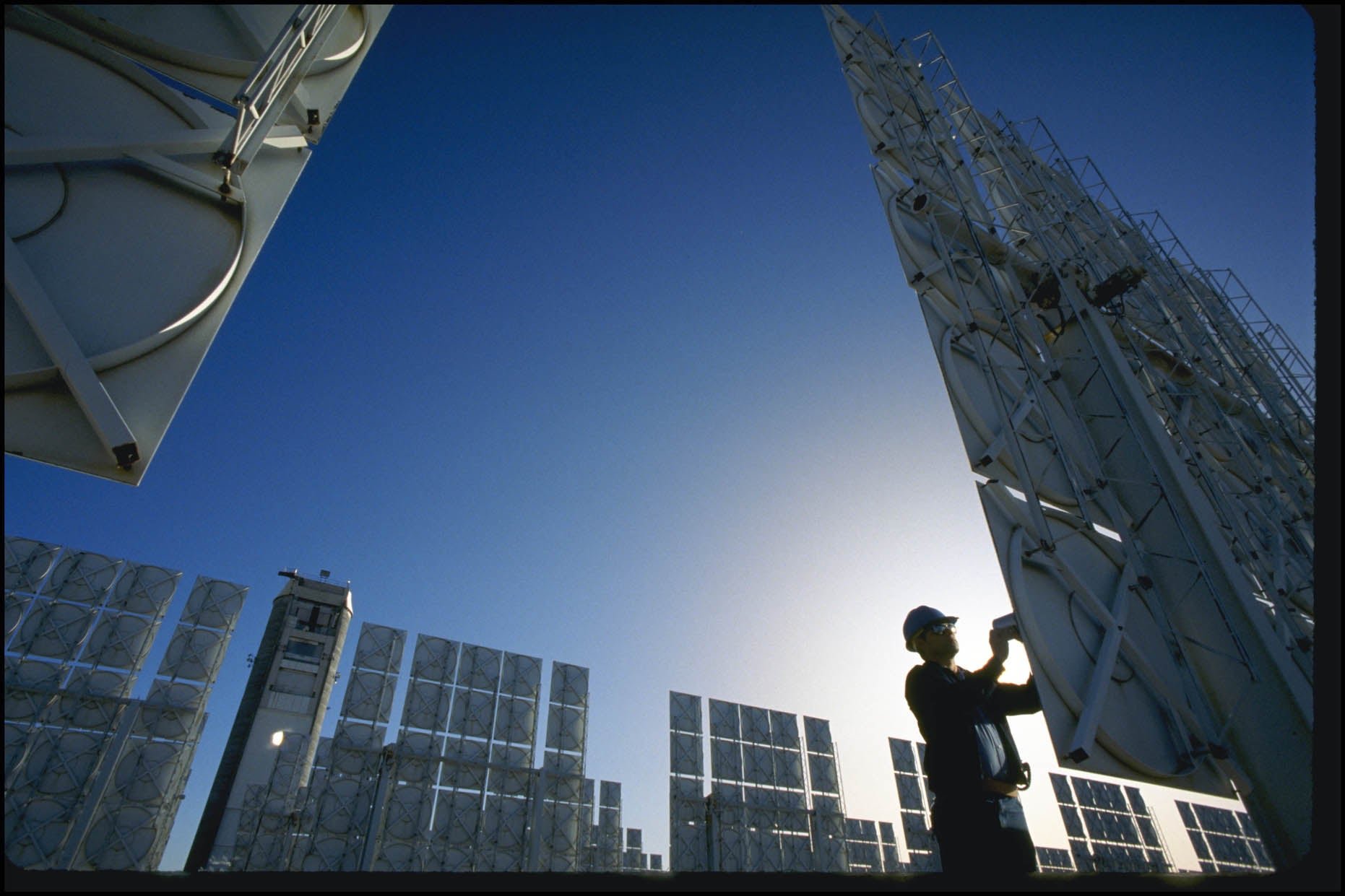Texas has the most clean energy of any state waiting to be hooked up to the grid
Developers have more projects ready to be studied than the ability to put them online

More clean energy projects are planned in the US than its grid can handle.
Suggested Reading
A recent study from the Lawrence Berkeley National Lab shows the US has a clean energy backlog of around 2 terawatts of power waiting to go online. The total capacity of existing power plants currently connected to the grid is 1,250 gigawatts. While transmission capacity is lacking, a key hindrance to making renewable energy a reality, the data show that developers are clearly ready to build renewable energy projects.
Related Content
Electric transmission system operators, like utilities, require projects seeking to connect to the grid to undergo a series of impact studies before they can be built. These projects are in what are called “interconnection queues” awaiting those tests. Of course, not all of these projects will ultimately be built, but the data is an indicator of developer trends.
The main means of renewable energy studied are solar, wind, and battery storage. The study shows that the states with the most power in queue are Texas, Arizona, and California, which have 227, 174, and 167 gigawatts of power waiting to come online respectively.
Texas has 121 gigawatts of solar energy capacity and 21 gigawatts of wind ready to be tested, with the possibility of producing much more. New York currently has the most wind power waiting to be studied with 67 gigawatts. New York’s solar and storage capacity, however, are much lower than other top clean energy states. All top 10 clean energy states besides New York have at least 40 gigawatts of solar capacity, whereas New York only has 17 gigawatts. Producing solar energy projects, particularly in New York City, has recently been met with bureaucratic hurdles, and the projects are usually smaller in scale than solar farms in open fields.
California has the most storage capacity for clean power at 103 gigawatts, dwarfing other states that made the list like New York (22 gigawatts) and Arkansas (9 gigawatts). Arizona has about as much storage capacity as it has solar power, at 84 and 86 gigawatts respectively.